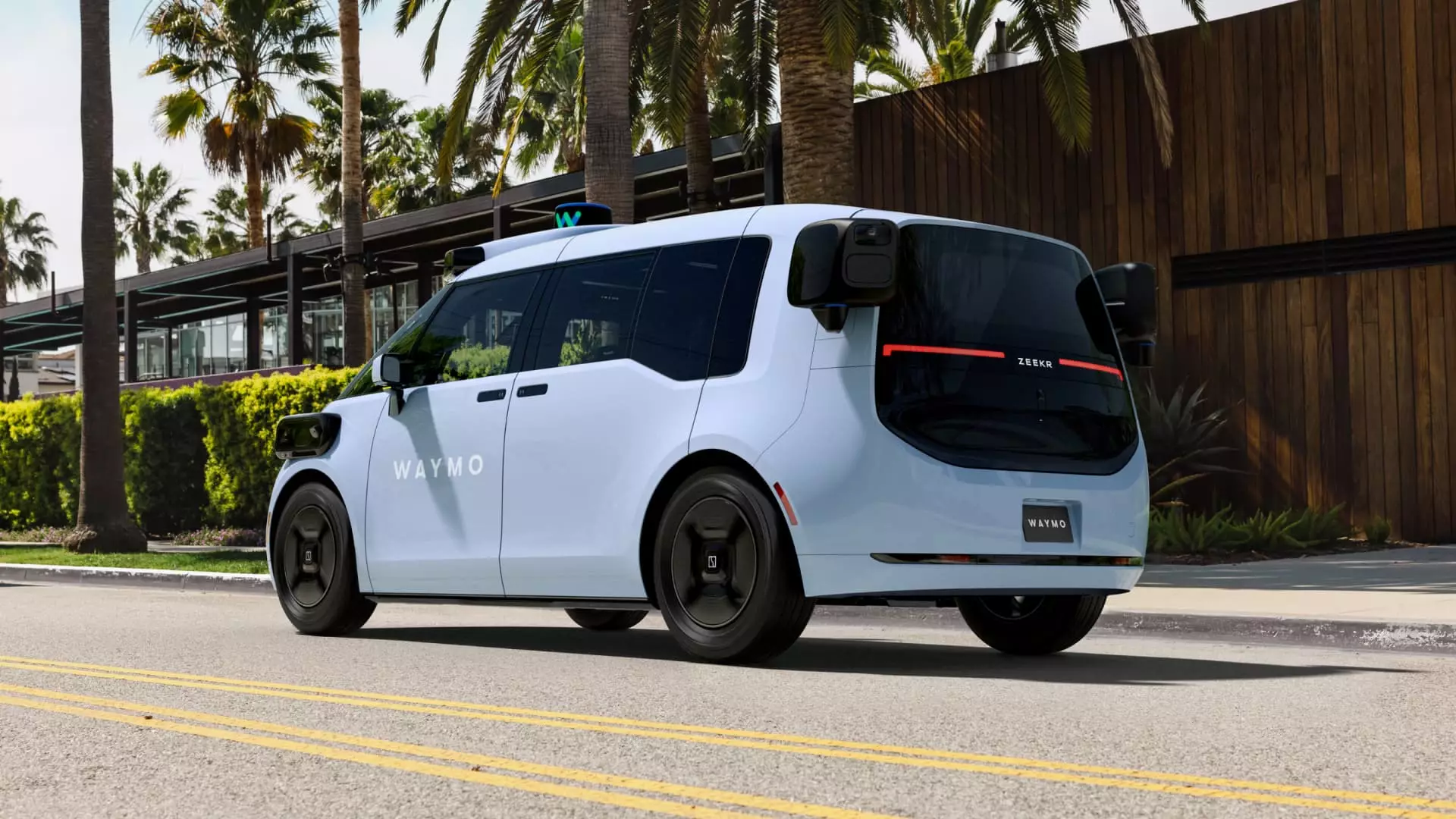Waymo, a subsidiary of Alphabet, has recently unveiled its newest “generation 6” self-driving technology. This cutting-edge driverless tech is integrated into Geely Zeekr electric vehicles and promises to be able to handle a wider array of weather conditions without the need for as many costly cameras and sensors on board. According to Satish Jeyachandran, Waymo’s vice president of engineering, the team is confident that they can bring this generation to market much faster than the previous one, thanks to advances in machine learning technology and semiconductor performance.
Waymo first launched its commercial robotaxi service back in late 2018 in the U.S. The company initially integrated its driverless systems into Chrysler Pacifica hybrid minivans and fully electric Jaguar I-PACE SUVs. As part of its expansion efforts, Waymo is now working on scaling its existing service, Waymo One, within the Sunbelt cities of San Francisco, Phoenix, Austin, Texas, and Los Angeles. Currently, Waymo provides around 50,000 paid driverless trips weekly, primarily in San Francisco and Phoenix.
In a recent announcement, Alphabet stated that it would be investing an additional $5 billion in its autonomous vehicle unit. This investment will primarily be used for scaling purposes, including adding the new robotaxis equipped with Generation 6 technology to its fleet once testing and validation are complete. Waymo anticipates that its existing Jaguar I-PACE and Geely Zeekr vehicles will coexist, offering riders a choice between the two options.
The forthcoming Waymo-Zeekr is a boxier ride with a similar footprint to the existing Waymo I-Pace SUVs. However, the Zeekr boasts an interior design that may be more accessible to riders. It features a low step, high ceiling, and increased legroom between rows of seats, among other improvements. Waymo has also continued to develop custom sensors and software, including lidar, radar, and others, to provide the car’s system with a comprehensive “360 view” of obstacles for better identification and avoidance.
The company has been actively testing Generation 6 technology on public roads with professional drivers on board. Additionally, Waymo is conducting testing and validation work in various locations such as Detroit, Buffalo, New York, and New York to gain insights into how its driverless cars will perform under different traffic and weather conditions. By strategically reducing the number of cameras and lidar sensors onboard each robotaxi, Waymo aims to lower costs and improve efficiency.
While commercial robotaxi services from companies like Didi and Pony.ai are thriving in China, Waymo faces little direct competition in the U.S. market. Other players in the autonomous vehicle space, such as GM-owned Cruise, Uber, and Ford, have experienced setbacks with their driverless efforts. Tesla, on the other hand, has yet to deliver a fully autonomous vehicle but plans to unveil its own “dedicated robotaxi” in the near future.
Waymo’s Generation 6 self-driving technology represents a significant leap forward in the development of autonomous vehicles. With its innovative features, focus on scalability, and strategic investments, Waymo is poised to lead the way in the future of self-driving transportation.

